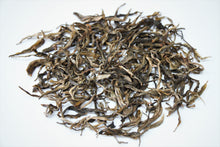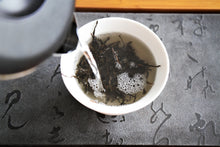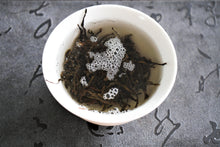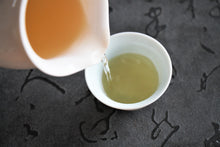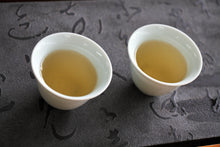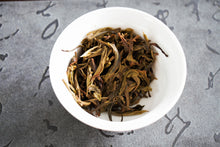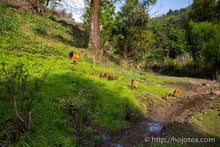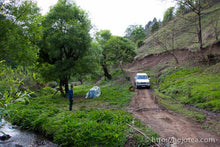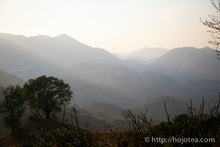
We have been introducing Bai Ying Shan tea since 2012. We are becoming very familiar with the area around Bai Ying Shan. Bai Ying in Chinese means white warblers.
This batch of Bai Ying Shan raw pu-erh tea was produced in 2016 and has been aging in Malaysia since then. The outcome of its aging process has demonstrated that loose pu-erh tea can indeed age well, contrary to the belief held by many that only tea cakes can age well.
Bai Ying Shan (Bai Ying Mountain) is located on the west bank of the Lancang River in Yunnan. It is named after the white clouds linger all the year round and the gathering of white warblers. Bai Ying Mountain is located in the middle reaches of the Lancang River. Since ancient times, it has been the planting hinterland of the original tea of Pu-erh tea: today-Yunnan Big Leaf Tea. It has abundant water, fine soil, sufficient sunshine and fresh air. It is one of the best plantation of Yunnan Big Leaf Tea.
Famously known as a renowned production area in Lincang of Yunnan, Bai Ying Mountain is a tea-producing region located in Yun County of Lincang. It has gained increasing popularity in recent years and, as a result, prices have been on the rise. With its growing reputation, many of the teas from Bai Ying Mountain have undergone a shift towards cultivation methods that involve the use of fertilizers. However, when excessive amounts of fertilizer are applied, the tea plants' growth rate increases rapidly, leading to a flat and lacking depth or complexity in flavor, regardless of their high age or high-altitude cultivation in the region.
At HOJO, we carefully select and source teas from naturally cultivated tea gardens that do not use fertilizers or require excessive maintenance. The tea trees in these gardens establish a symbiotic relationship with the surrounding ecosystem, resulting in a transparent and refreshing flavor reminiscent of enjoying wild vegetables. This tea is rich in minerals, it's also suitable for long-term aging, and with proper storage, it develop a sweet fruity aroma.

In making Bai Ying Shan Raw pu-erh, the plucking standard of fresh tea leaves is 1 bud and 2 leaves. It gives a very gentle and soft mouth feel thanks to the higher ratio of young buds. At the same time, it gives a very clear and transparent taste as it is the typical characteristic of natural farming tea, especially those that left in the nature and unattended for a long time. The locals called it Ye Fang tea. Based on our experience, Ye Fang tea is very rich in polyphenol. It ages outstandingly well.

Bai Ying Shan 2016 gives a sweet flavor that reminds us of brown sugar, sugar cane, honey with a hint of dried fruity note. This is a good example if one wishes to understand the aging effect of pu-erh tea.


Golden Tea

Are you familiar with "Golden Tea"? It refers to tea gardens where the tea leaves shine golden like ears of rice. By cultivating tea trees naturally, without the use of fertilizers or pesticides, the tea trees may experience nitrogen deficiency, causing the leaves to turn yellow, resembling banana peels. Such tea trees thrive on their own without human intervention, functioning as part of the ecosystem rather than being overly pampered by human hands. When observing these changing tea gardens closely, one can see a rich variety of living organisms. Surprisingly, tea trees in such conditions are less prone to disease and are said to be less attractive to insects even without any disinfection. Tea trees in harsh environments develop deep and strong roots, growing slowly. As a result, the cells that make up the tea leaves become very small and densely packed. Furthermore, slowly grown tea, rich in polyphenols and minerals due to its healthy state, exhibits a deep, sweet, and luscious flavor. In contrast, when plants receive excessive fertilizers, they prioritize growth and fail to synthesize polyphenols such as catechins. In modern tea production, the use of large amounts of nitrogen fertilizers has become the norm. With the addition of nitrogen fertilizers, tea plants grow rapidly, turning into a deep green color, and the leaves appear shiny as if coated with wax. In a way, it is similar to the situation of someone who consumes only meat dishes and is on the verge of being overweight. Although visually appealing, such tea lacks flavor and depth.









